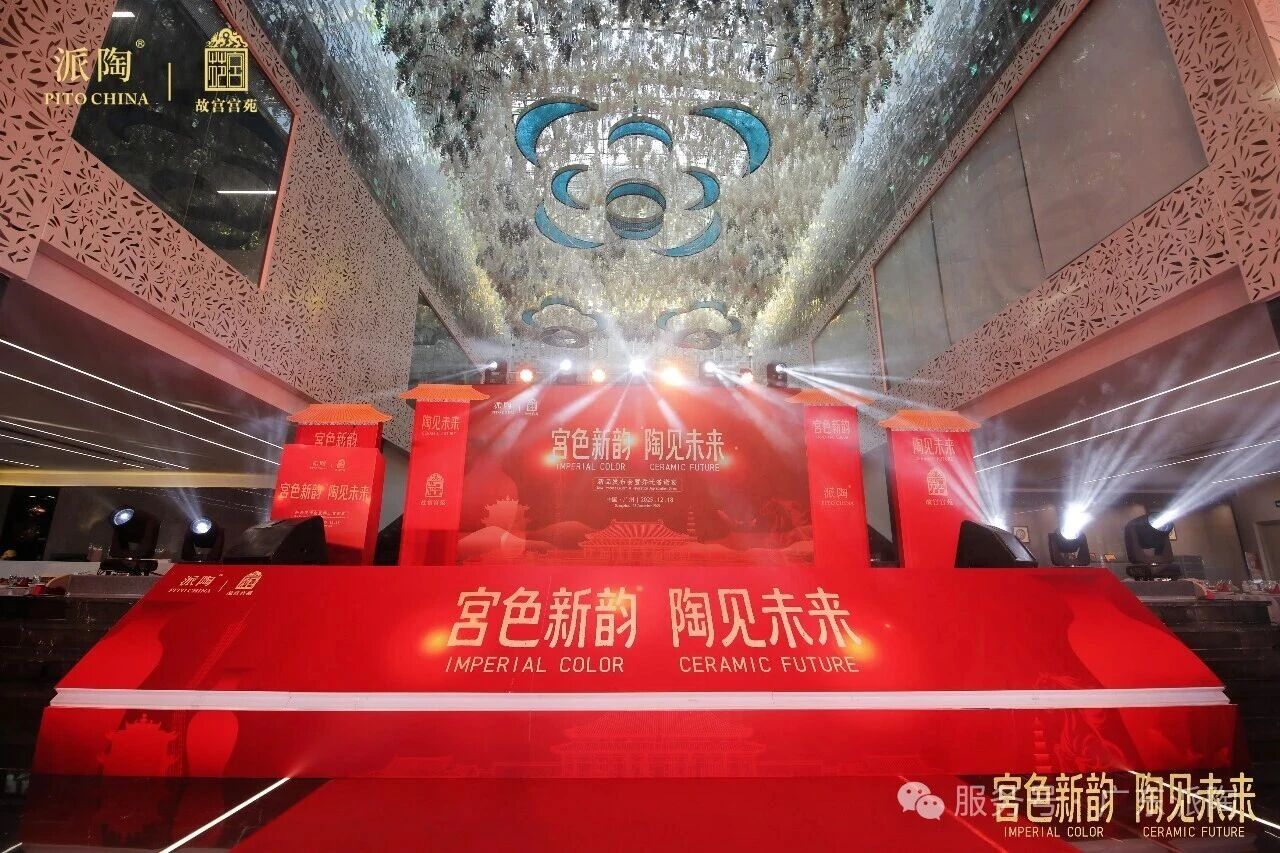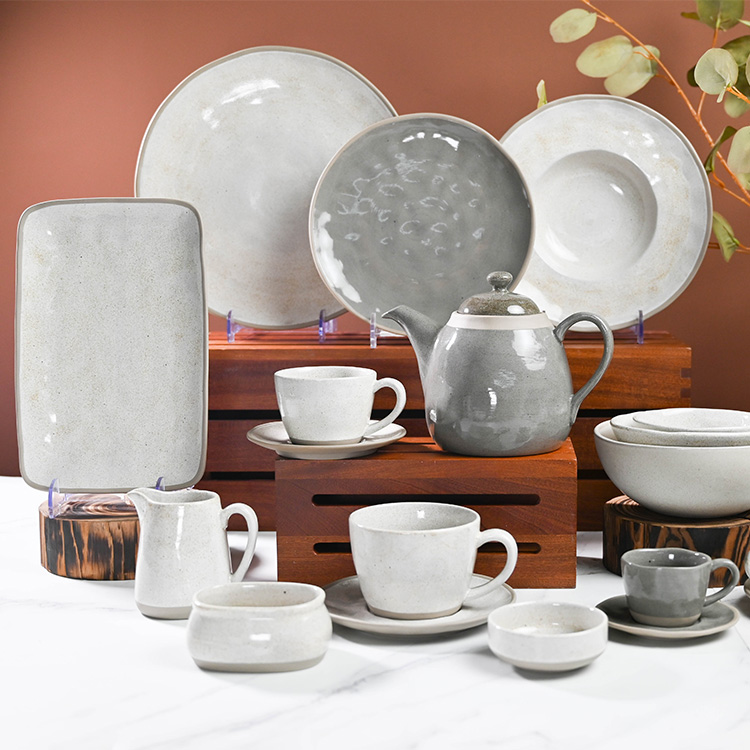
Choosing the right ceramic dinnerware is often overlooked when it comes to creating a memorable dining experience. The plates, bowls, and cups we use can greatly enhance the presentation of our meals and add a touch of elegance to our table settings.
In the world of fine dining, two materials reign supreme – porcelain and bone china. Let’s delve into the world of these exquisite dinnerware options and explore their similarities, differences, and the factors to consider when making a choice.
What is Porcelain?

Porcelain is a type of ceramic material known for its fine texture, translucent appearance, and exceptional strength. It is composed of a mixture of clay, feldspar, and silica. One key characteristic of porcelain is its non-porous nature, which makes it resistant to staining and absorption of odors. This property distinguishes it from other ceramic materials and makes it highly suitable for dinnerware.
History of Porcelain
The origins of porcelain can be traced back to ancient China, during the Eastern Han Dynasty. It was first developed in the region of Jingdezhen, which became a renowned center for porcelain production. Porcelain quickly gained popularity and became a prized export item throughout the world.
Role of Porcelain in Dinnerware Industry
In the dinnerware industry, porcelain plays a significant role due to its versatility. It can be molded into various shapes and sizes, allowing for a wide range of plate designs and styles. Additionally, porcelain can be decorated with intricate patterns, making it a favorite among those seeking elegant table settings.
Advantages of Using Porcelain Dinnerware
Advantages of using porcelain dinnerware include its chip-resistant nature, ability to retain heat, and ease of cleaning. Porcelain is also microwave and oven-safe, further adding to its practicality. Moreover, its timeless aesthetic appeal makes it suitable for both formal occasions and everyday use.
What is Bone China?
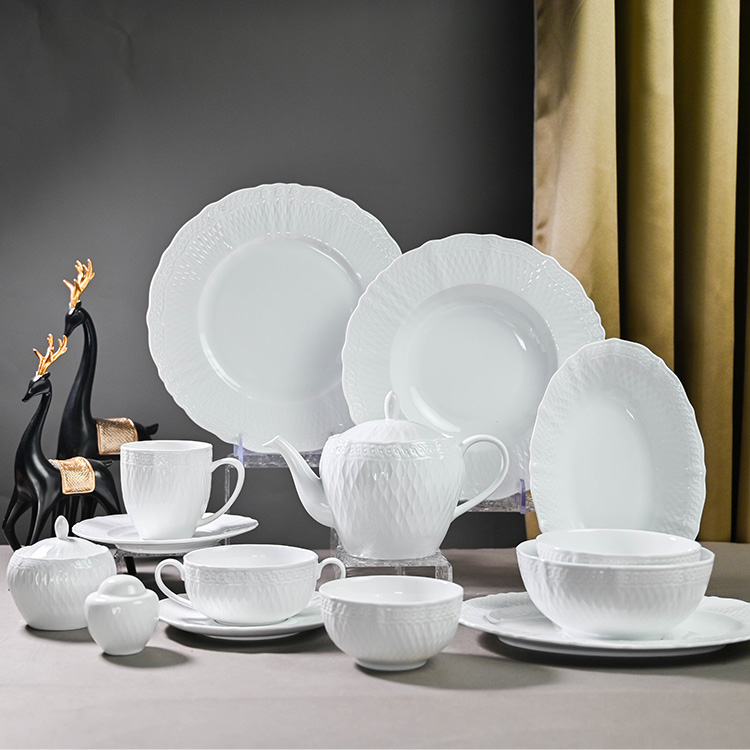
Bone china is a type of porcelain characterized by its unique composition, where bone ash is a key ingredient. It is made by mixing bone ash, kaolin clay, and feldspar, resulting in a material that is both delicate and strong. The addition of bone ash gives bone china its distinctive luminosity and translucency, setting it apart from traditional porcelain.
History of Bone China
The history of bone china can be traced back to 18th century England. It was initially developed as a way to imitate the highly sought-after Chinese porcelain. The early pioneers in bone china production, such as Josiah Spode and Thomas Frye, revolutionized the industry by perfecting the technique of incorporating bone ash into porcelain.
Industrial Production Process of Bone China
The industrial production process of bone china involves several stages. First, the raw materials are mixed together and formed into a clay body. This clay body is then shaped into the desired dinnerware forms using molds or by hand. The shaped pieces are dried slowly to avoid cracking. Next, they are fired at high temperatures, fusing the materials together and creating a strong, vitrified product. Finally, the bone china dinnerware undergoes glazing and additional firing to achieve its characteristic smooth surface.
Advantages of Using Bone china
Bone china offers several benefits in terms of both aesthetics and functionality. Its exquisite whiteness and translucency lend an air of sophistication to any table setting. Bone china is also significantly lighter than traditional porcelain, making it a pleasure to handle. Moreover, its high resistance to chipping and durability ensure that bone china dinnerware can stand the test of time.
Porcelain vs Bone China: The Differences
| Aspect | Porcelain | Bone China |
| Composition | Clay, feldspar, silica | Bone ash, kaolin clay, feldspar |
| Manufacturing Process | Mix, shape, dry, and fire | Mix with bone ash, shape, fire |
| Appearance | Delicate, off-white, translucent | Brilliant white, high translucency |
| Durability | Exceptional strength, chip-resistant | Strong but may be prone to chipping |
| Heat Resistance | Excellent heat retention | More susceptible to thermal shock |
| Cost | Widely available at various price points | Generally more expensive |
While both porcelain and bone china fall under the category of ceramics and share common characteristics, they differ in terms of their composition, manufacturing process, appearance, durability, heat resistance, and cost. The following are some differences between porcelain and bone china.
Composition and Materials Used
Porcelain is primarily composed of clay, feldspar, and silica. The clay provides plasticity, allowing for the shaping of the dinnerware, while feldspar and silica contribute to its strength and translucency. Bone china, on the other hand, contains bone ash, which gives it its unique properties, along with kaolin clay and feldspar.
Manufacturing Process
The manufacturing process of porcelain involves mixing the raw materials, shaping the clay body, drying, and firing at high temperatures. Bone china follows a similar process, but the addition of bone ash and different proportions of raw materials result in its distinct properties.
Appearance and Aesthetics
Porcelain is known for its delicate, slightly off-white color and translucency. It often has a smooth and glossy finish, allowing for various intricate patterns and designs. Bone china, with its brilliant whiteness and inherent translucency, creates an ethereal effect when held up to the light. It often has a more refined and delicate appearance compared to porcelain.
Durability and Strength
Porcelain is renowned for its exceptional strength and chip resistance. Its non-porous nature makes it resistant to staining and absorption of odors. While bone china is also strong and durable, it can be more prone to chipping due to its delicate composition. However, with proper care, bone china can last for generations.
Heat and Temperature Resistance
Both porcelain and bone china have excellent heat retention properties, making them perfect for serving hot meals. They can be safely used in microwaves and ovens, as long as they do not have metallic accents or decorations. However, bone china is more susceptible to thermal shock due to its lower thermal conductivity.
Cost
Bone china is generally considered more expensive than porcelain due to the additional cost of bone ash and the intricate production process. It is often seen as a luxury item, while porcelain is more widely available at various price points.
Which is Better: Porcelain or Bone China?
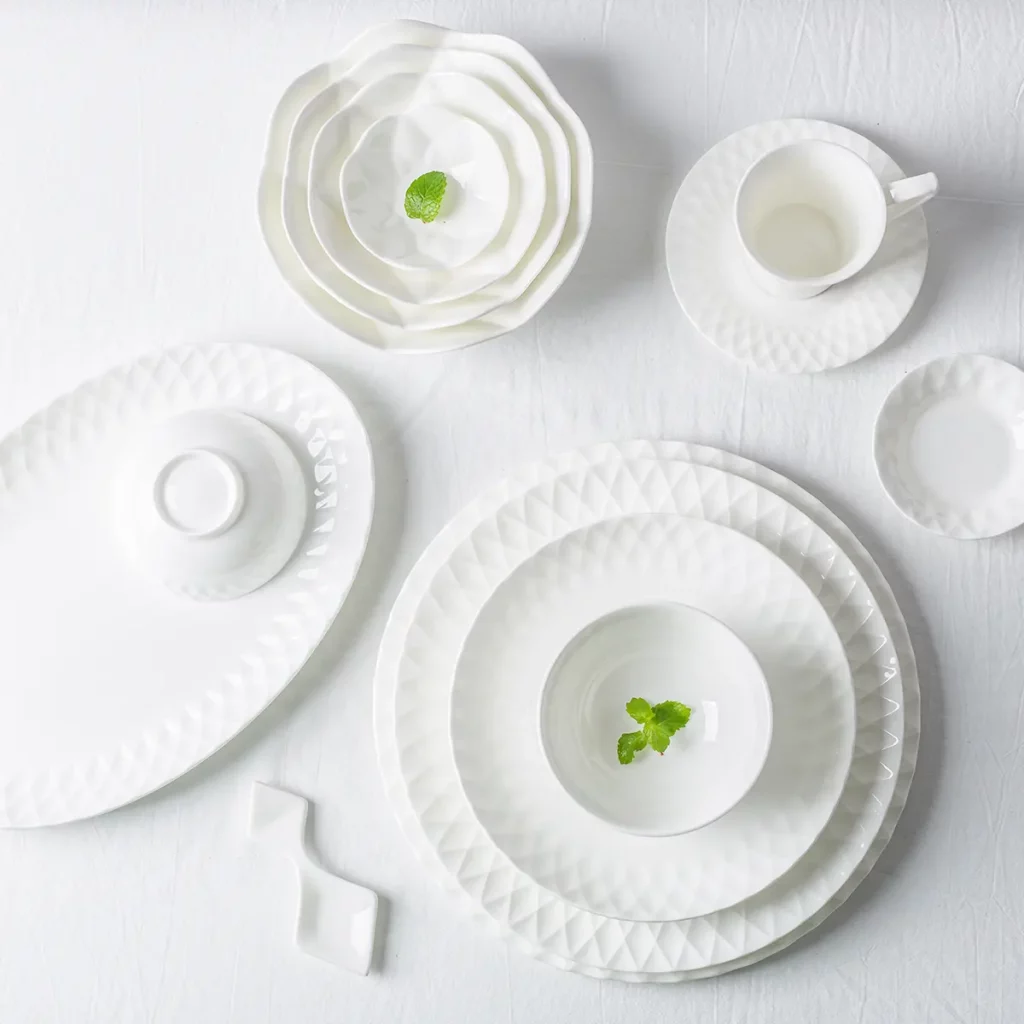
The choice between porcelain and bone china ultimately depends on personal preferences, lifestyle considerations, and the intended use of the dinnerware. Some individuals may prefer the classic and timeless appeal of porcelain, while others may be drawn to the delicate beauty and translucency of bone china.
When selecting dinnerware, it is advisable to consider factors such as durability, ease of maintenance, heat resistance, and the environment in which it will be used. Porcelain is an excellent choice for everyday use, as it is highly durable and resistant to staining. Bone china, with its delicate appearance, is better suited for special occasions and fine dining experiences.
Popular opinions among consumers often lean towards porcelain due to its affordability and chip resistance. However, enthusiasts of bone china appreciate its exquisite whiteness and unique characteristics. Additionally, expert opinions and recommendations can guide individuals in making an informed decision based on their specific needs and desires.
Caring for Porcelain and Bone China Dinnerware
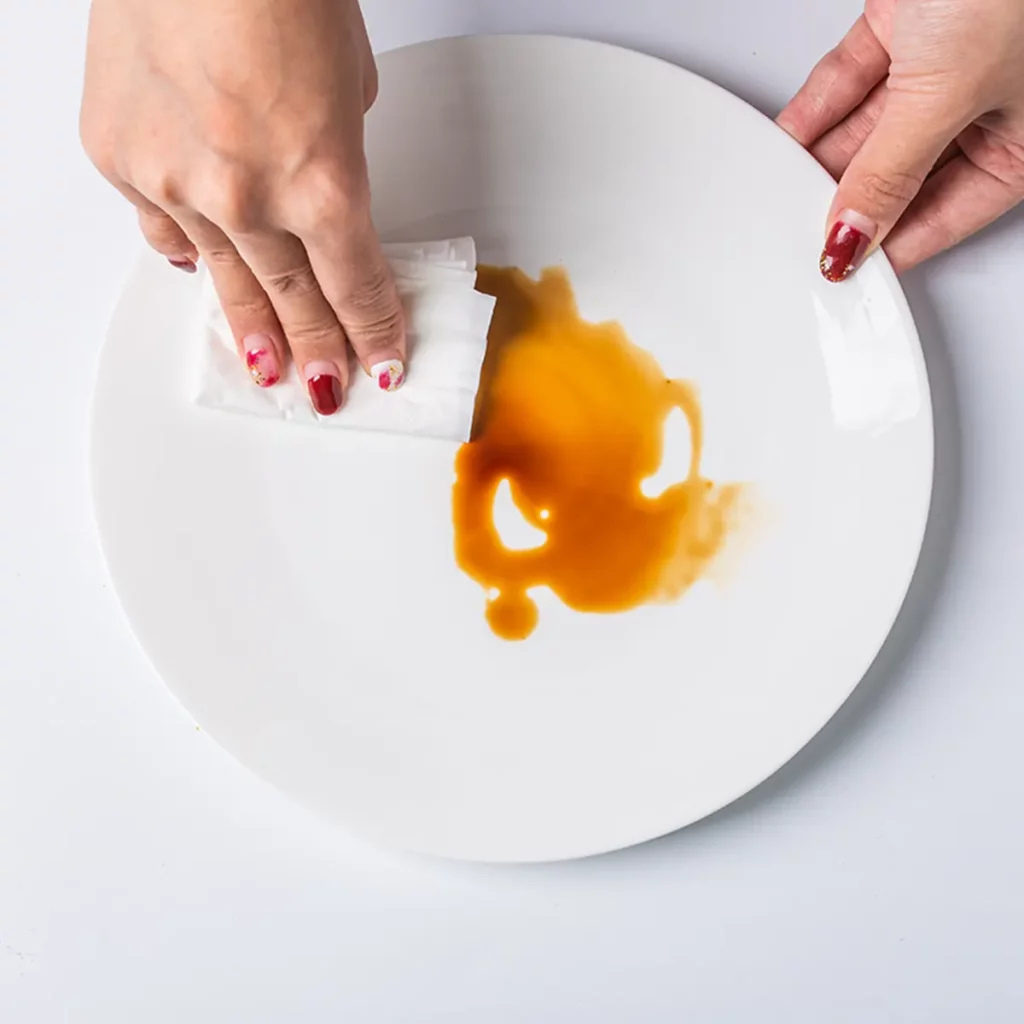
To ensure the longevity of porcelain dinnerware, proper cleaning and maintenance are crucial. Porcelain can be washed by hand or in a dishwasher using gentle detergents. It is important to avoid abrasive scrubbing pads or harsh cleaning agents that could damage the surface.
For bone china dinnerware, hand washing is generally recommended to minimize the risk of chipping. Care should be taken when stacking bone china pieces to prevent them from knocking against each other. Using warm water and mild soap is sufficient for cleaning bone china, and it is advisable to avoid prolonged soaking.
Both porcelain and bone china should be stored with care. Placing protective liners between stacked plates and using padded dividers can prevent scratching and chipping. It is also advisable to store dinnerware away from extreme temperatures and direct sunlight to avoid discoloration or thermal shock.
Making an Informed Buying Decision
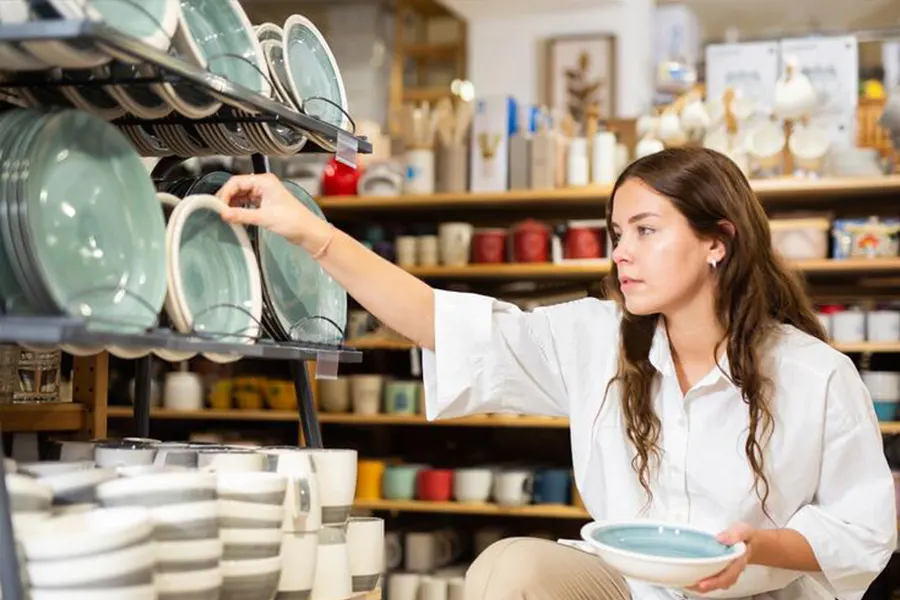
When considering the purchase of dinnerware, it is essential to assess your specific needs and preferences. Determine the intended use of the dinnerware – whether it will be for daily meals, special occasions, or a mix of both. This will help inform your choice of material, design, and durability requirements.
Budget constraints and long-term investment considerations should also be taken into account. While bone china may be a higher initial investment, its longevity and timeless appeal can justify the cost. Porcelain, with its wide range of styles and price points, offers a more budget-friendly option without compromising on quality.
Exploring reputable brands and trusted dinnerware manufacturers is another valuable step in the buying process. Researching customer reviews, seeking recommendations, and considering the craftsmanship of the dinnerware can help ensure a satisfying purchase.
Conclusion
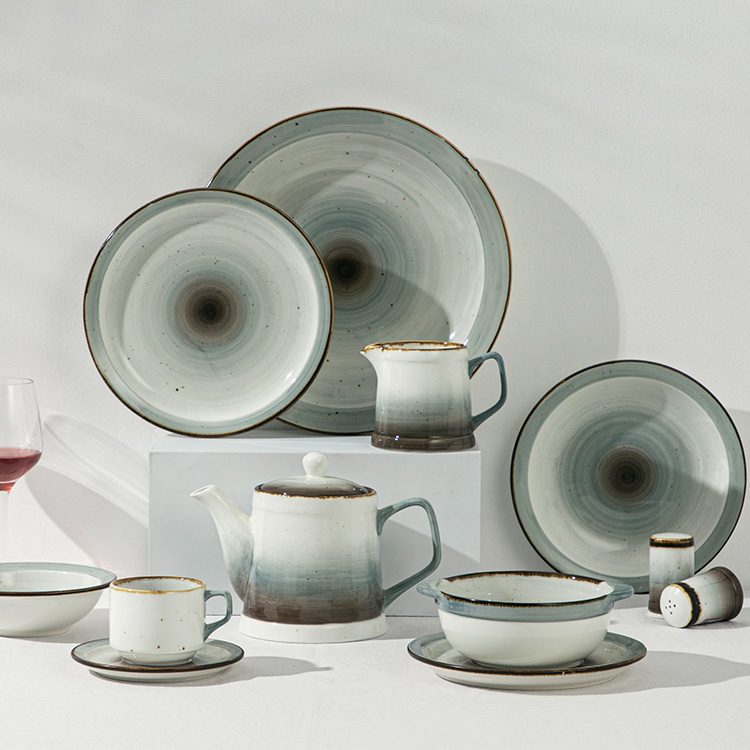
Porcelain and bone china, two exquisite dinnerware options, offer distinct qualities that can elevate any dining experience. Porcelain, with its strength, versatile design possibilities, and affordability, is a popular choice for everyday use. On the other hand, bone china, with its unique composition, delicate appearance, and luxurious feel, adds elegance to special occasions and fine dining.
When weighing the decision between porcelain and bone china, it is essential to consider personal preferences, durability requirements, aesthetic appeal, and the intended use of the dinnerware. Both materials have their advantages and appeal to different individuals for various reasons. Ultimately, finding the perfect dinnerware for your home comes down to exploring, experimenting, and selecting a style that aligns with your taste and lifestyle.
